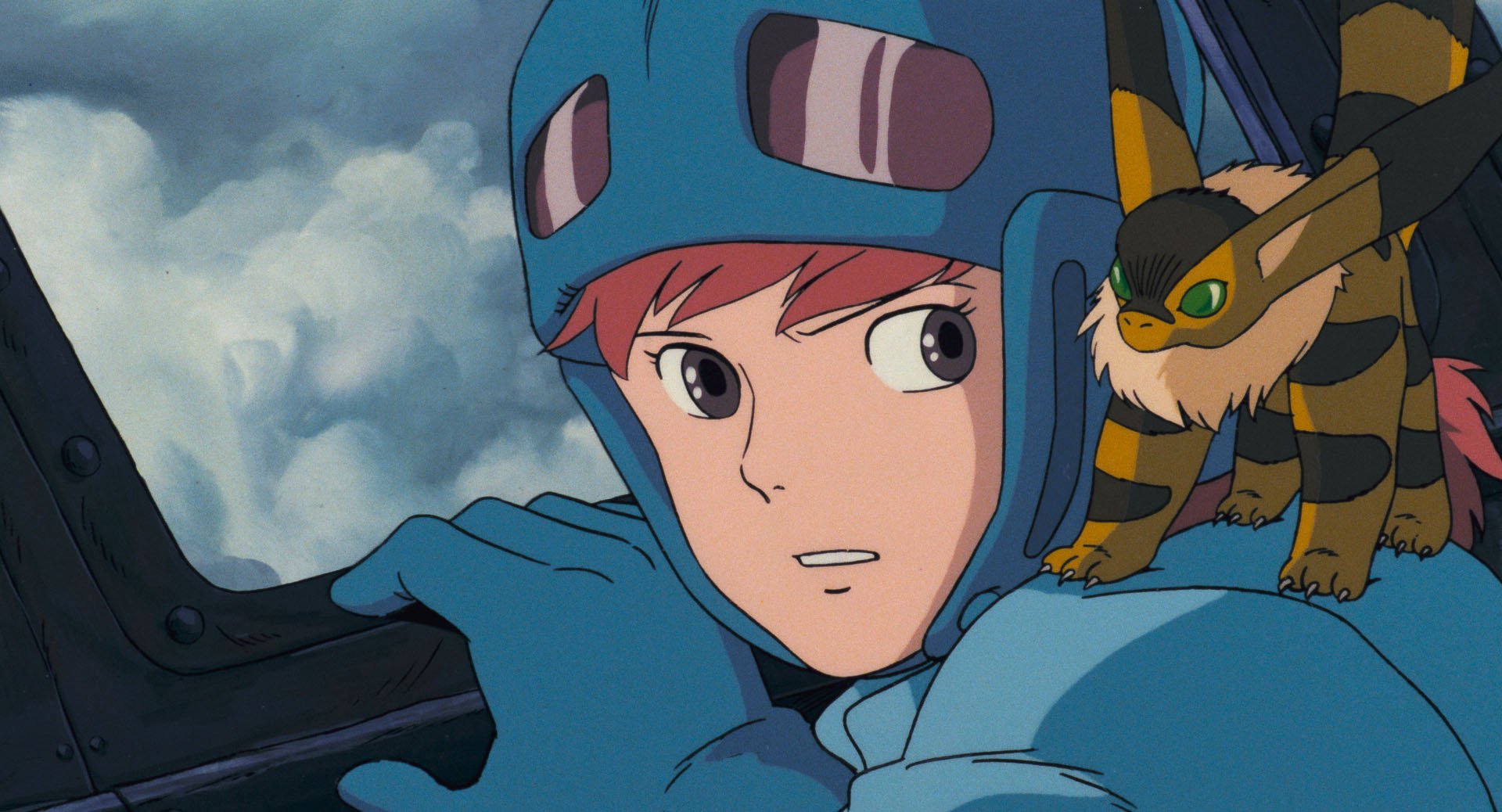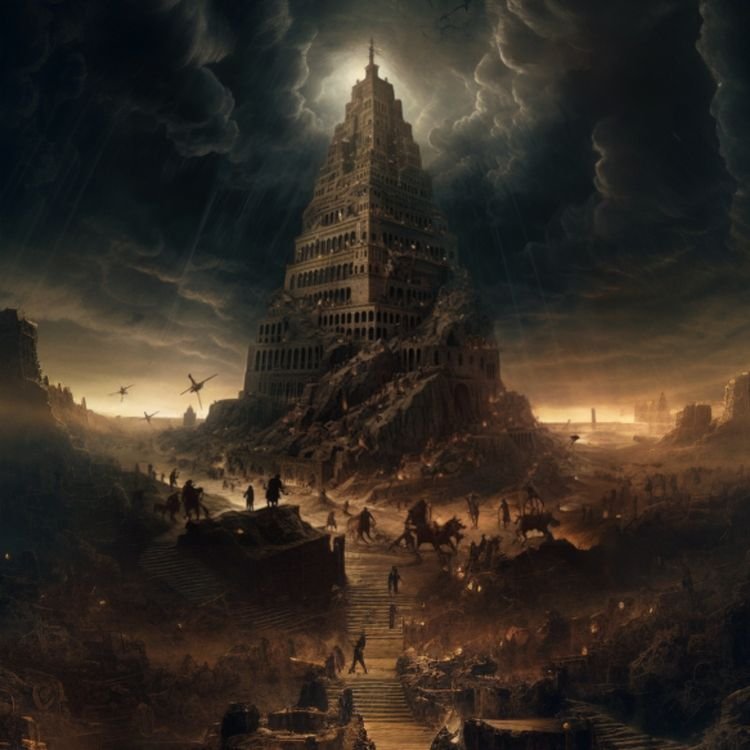Spiritual Ideas in Nausicaä of the Valley of the Wind
The Studio Ghibli masterpiece Nausicaä of the Valley of the Wind, released in 1984, holds a special place in my heart. Its enduring appeal lies not just in its stunning animation but in its rich tapestry of themes that resonate on multiple levels, intertwining environmentalism, pacifism, personal transformation and spirituality. These layers of meaning elevate the film into a profound exploration of humanity’s relationship with nature and with ourselves. Below, I will explore some of the key spiritual themes that make Nausicaä such a universal and enduring tale.
The Interconnectedness of All Life
The Buddhist concept of interdependence: all things in the world are interconnected and depend on each other for their existence.
The film emphasizes the unity and interconnectedness of all living beings, showing how ecosystems rely on balance and harmony. The Toxic Jungle, while seemingly hostile, is revealed to be purifying the polluted earth, and its creatures play vital roles in maintaining the planet's health.This reflects spiritual beliefs like the Buddhist concept of interdependence (pratītyasamutpāda) and indigenous traditions that view all life as interconnected.
The Hero’s Spiritual Journey
Nausicaä’s journey mirrors archetypal journeys found in myths and spiritual texts, such as the Bodhisattva’s path in Buddhism.
Her willingness to sacrifice herself for the greater good and her eventual role as a mediator between humanity and the Ohmu reflect themes of enlightenment and transcendence. This mirrors archetypal journeys found in myths and spiritual texts, such as the Bodhisattva’s path in Buddhism or the Christ-like self-sacrifice in Christianity.
Nausicaä embodies qualities often associated with the sacred feminine, such as nurturing, intuition, and a deep connection to life. Her leadership style is empathetic and inclusive, and she acts as a protector and healer for her people and the natural world. This theme is reminiscent of goddess archetypes in various cultures, such as Gaia in Greek mythology or Kannon in Buddhism, symbolizing creation, preservation, and compassion.
The Cycle of Destruction and Renewal
The film explores the idea that destruction often precedes renewal, and humanity must align with this cycle to survive.
The Toxic Jungle arose as a response to human pollution, cleansing the earth and preparing it for rebirth.This reflects themes in Hinduism and other traditions where destruction (e.g., Shiva's role) is seen as a necessary precursor to renewal and transformation.
The Reverence of Nature
The film portrays nature not as an enemy but as a living entity deserving respect and coexistence.
Nausicaä’s understanding of and empathy for the Ohmu and other creatures of the jungle contrasts with humanity's destructive attempts to dominate or eradicate nature.This theme mirrors animistic and Shinto beliefs, where nature is sacred, and humans are stewards rather than masters of the earth.
The Dangers of Hubris and Greed
Humanity’s downfall is attributed to arrogance and greed, particularly the desire to control nature through force.
The ancient Giant Warriors, created as weapons of mass destruction, led to the collapse of civilization, while the remaining factions continue to repeat these mistakes.This reflects themes in many spiritual traditions warning against pride and the overreach of human ambition, such as the Biblical story of the Tower of Babel.
Harmony Through Balance
The film advocates for balance between humanity, nature, and technology, rejecting extremes on either side.
Nausicaä’s vision of coexistence contrasts with the militaristic factions that see domination or eradication as the only solutions. This reflects Taoist principles of balance and harmony (e.g., yin and yang), emphasizing that true peace comes from living in equilibrium with the world.
Hope and Renewal
Despite the destruction and conflict, the film ends on a hopeful note, emphasizing humanity’s potential for renewal and coexistence.
Nausicaä’s selfless actions inspire change, and the earth begins to show signs of healing, with the Toxic Jungle gradually purifying the land. This reflects the universal spiritual belief in hope and redemption, where humanity can always choose a better path if guided by wisdom and compassion.















